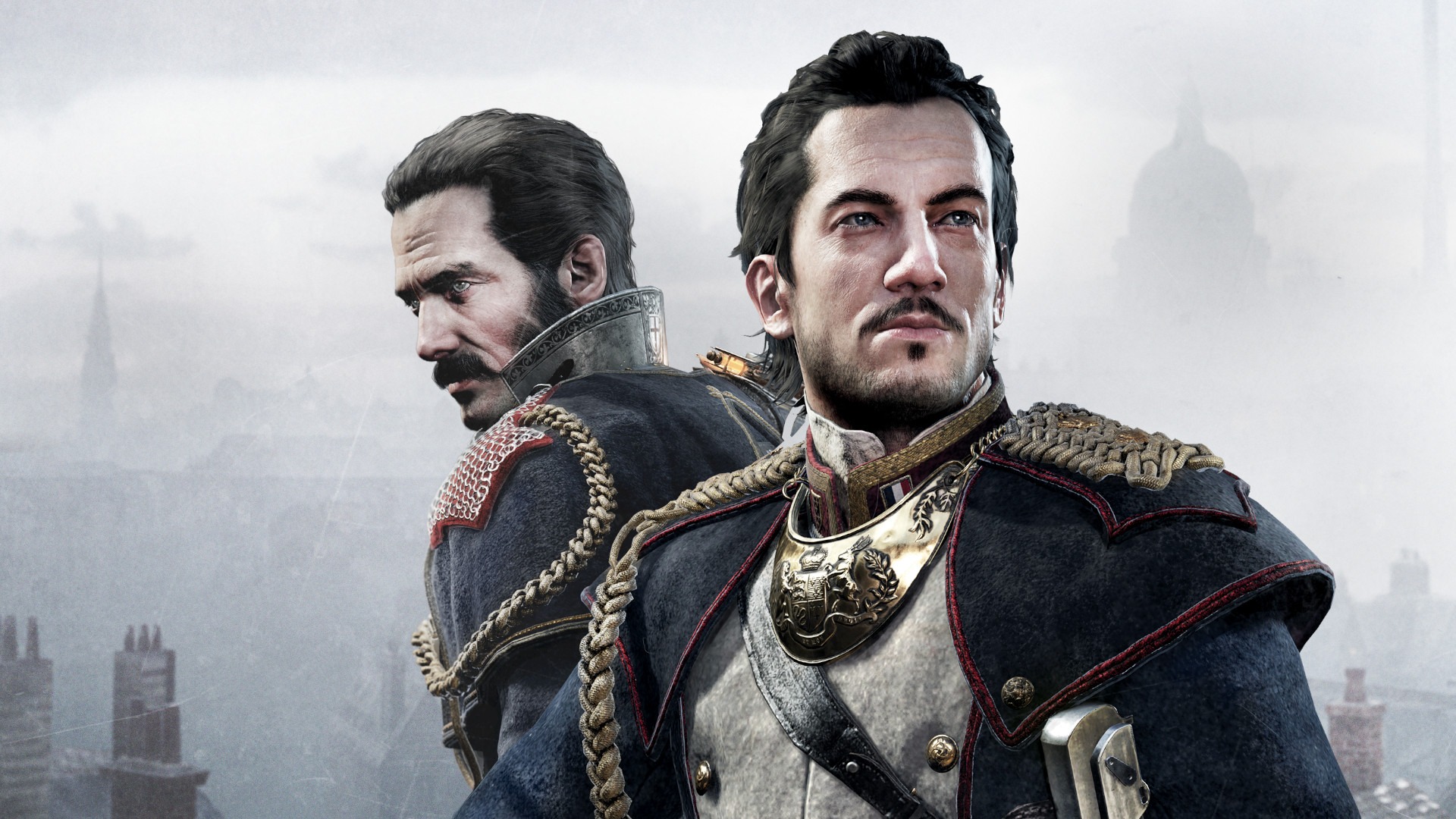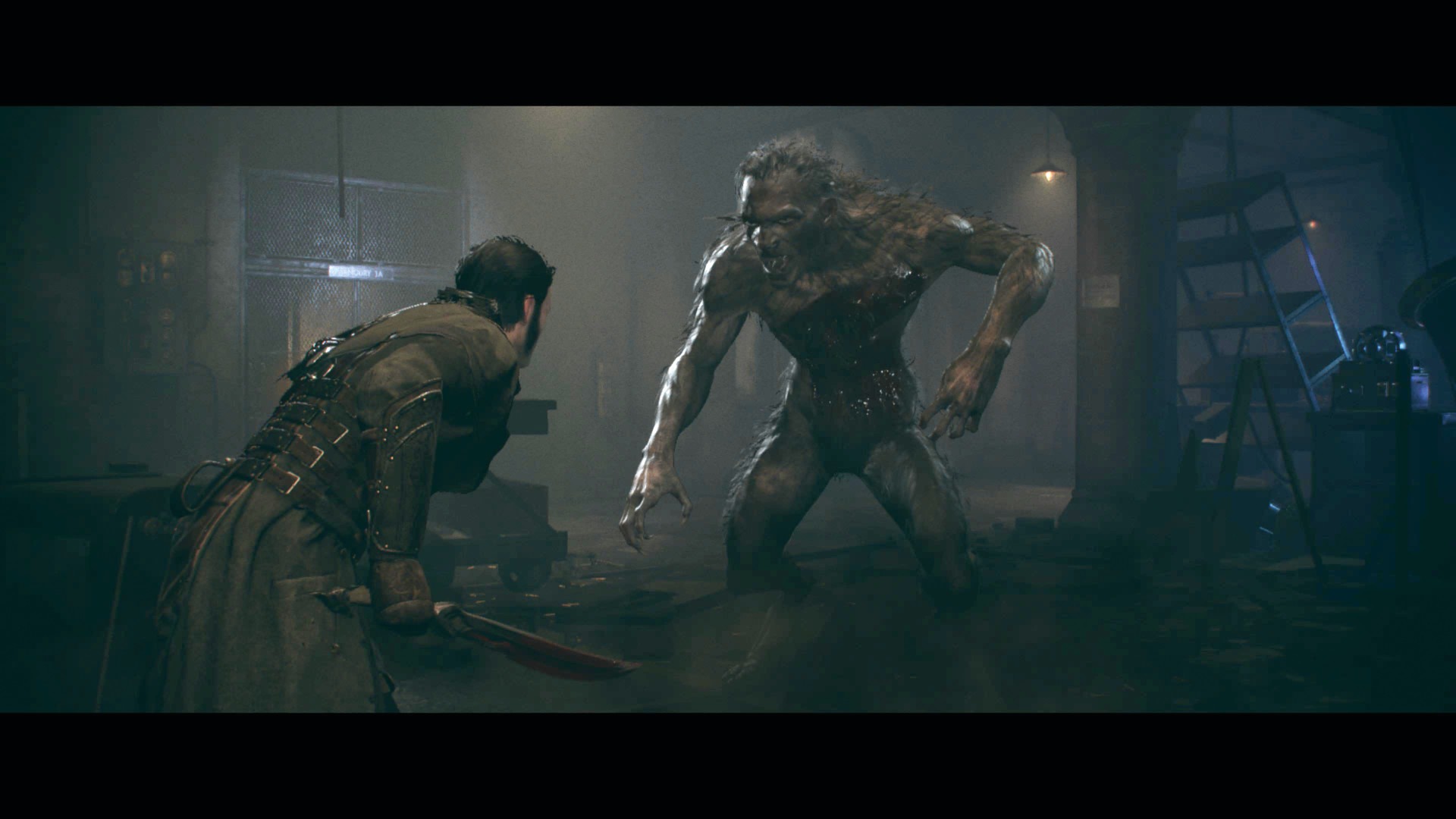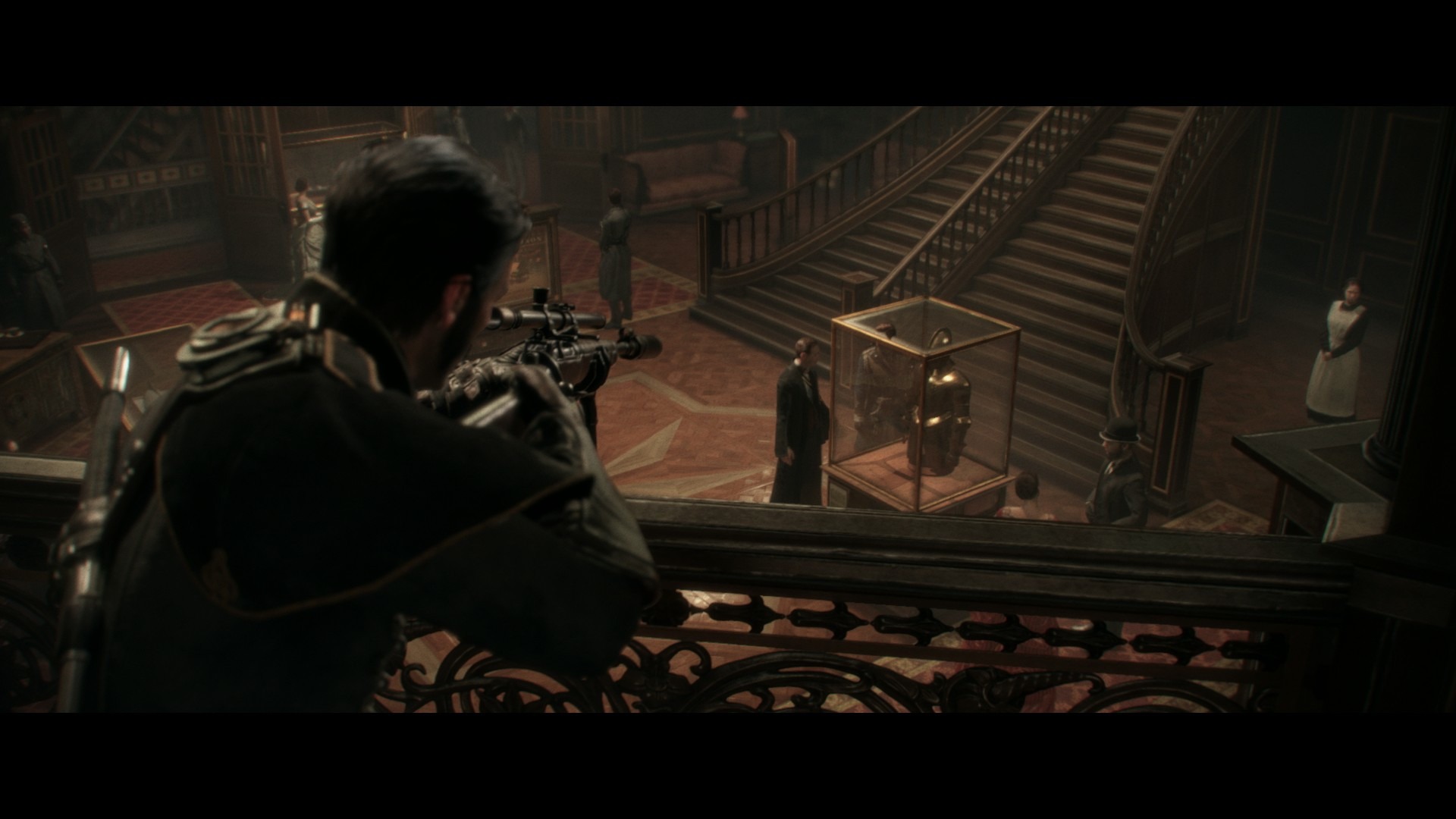Remembering The Order: 1886 – A Stunning Masterpiece of Missed Opportunities
Popular Now
 Free Fire Max
Free Fire Max
 Free Fire
Free Fire
 Candy Crush Saga
Candy Crush Saga
 Among Us
Among Us
 Counter-Strike 2
Counter-Strike 2
 Grand Theft Auto V
Grand Theft Auto V
 Geometry Dash
Geometry Dash
 R.E.P.O
R.E.P.O
 Stumble Guys
Stumble Guys
 Minecraft
Minecraft

In the pantheon of PlayStation exclusives, few games have elicited a more conflicted response than The Order: 1886. Launched in 2015 to a mix of critical praise for its visuals and condemnation for its brevity and linearity, the game left an indelible mark on those who experienced its unique blend of Victorian-era steampunk and monstrous horror. While some lament its short length and abrupt ending, a more philosophical and ultimately more rewarding perspective is to not cry over what could have been, but to smile because we were given a fleeting but unforgettable opportunity to blast werewolves with Nikola Tesla’s high-tech weapons.
 A World of Unparalleled Beauty
A World of Unparalleled Beauty
From the moment you load up The Order: 1886, it is clear that you are in for a visual treat. Ready at Dawn’s masterful use of the PlayStation 4’s hardware created a breathtakingly cinematic experience. The game’s “filmic vision” was not just a buzzword; it was a core design philosophy that resulted in stunningly realistic characters, incredibly detailed environments, and a seamless transition between cutscenes and gameplay. Every cobblestone street of London, every opulent parlor, and every shadowy alleyway felt like a living, breathing part of this alternate history. The game’s atmosphere was so thick you could cut it with a knife, drawing you into a world where history, myth, and cutting-edge technology collided in the most spectacular way.
The Genius of Nikola Tesla’s Arsenal
One of the game’s greatest triumphs was its imaginative and powerful arsenal, a direct result of the collaboration between the Knights of the Order and the brilliant inventor Nikola Tesla. While many third-person shooters rely on a standard set of firearms, The Order: 1886 provided a memorable collection of experimental weaponry that made every encounter a joy. The Thermite Rifle, for example, didn’t just fire bullets; it launched a cloud of flammable particles that could be ignited for a satisfying explosion, turning cover-based shooting into a tactical game of fire and destruction. The Arc Gun, a true testament to Tesla’s genius, zapped enemies with a bolt of electricity, a visceral and visually stunning way to dispatch your foes. These creative weapons were not just for show; they made the combat, particularly the few but thrilling encounters with the werewolf-like “half-breeds,” truly stand out. The experience of engaging these monstrous enemies, dodging their relentless charges, and unloading a high-tech round into their chests was a short-lived but thrilling highlight that no other game at the time could replicate.
A Narrative Worth Experiencing
While the game’s narrative was often criticized for its abrupt conclusion and heavy reliance on cutscenes, it also delivered a compelling and richly detailed story. It placed you in the role of Sir Galahad, a knight of the Round Table in a centuries-old war against a powerful and ancient enemy. The game expertly wove historical figures like the Marquis de Lafayette and real-world events like the Industrial Revolution into a captivating narrative of conspiracy, rebellion, and a secret war for humanity. The characters, though sometimes criticized as archetypal, were brought to life by fantastic voice acting and motion capture, making their struggles and triumphs feel genuine. The story, even with its cliffhanger, was a powerful and immersive journey that explored themes of power, loyalty, and the price of immortality.
 The Legacy of an Underappreciated Game
The Legacy of an Underappreciated Game
In the years since its release, the conversation around The Order: 1886 has shifted. While its flaws—the lack of replayability, the linearity, and the short playtime—are undeniable, its strengths have only become more apparent. It stands as a testament to the power of a focused, cinematic experience and a game that prioritized a singular, well-told story over an expansive, but potentially unfocused, open world. For those who were able to appreciate it for what it was, a beautiful, polished, and exciting sci-fi adventure, the memories of its most thrilling moments are far more impactful than its shortcomings. So, don’t mourn the game that was, but celebrate the incredible experience that was. Because few games offer the visceral satisfaction of a beautifully rendered Thermite Rifle igniting a group of monsters, a memory that will endure far longer than the disappointment of a cliffhanger.








